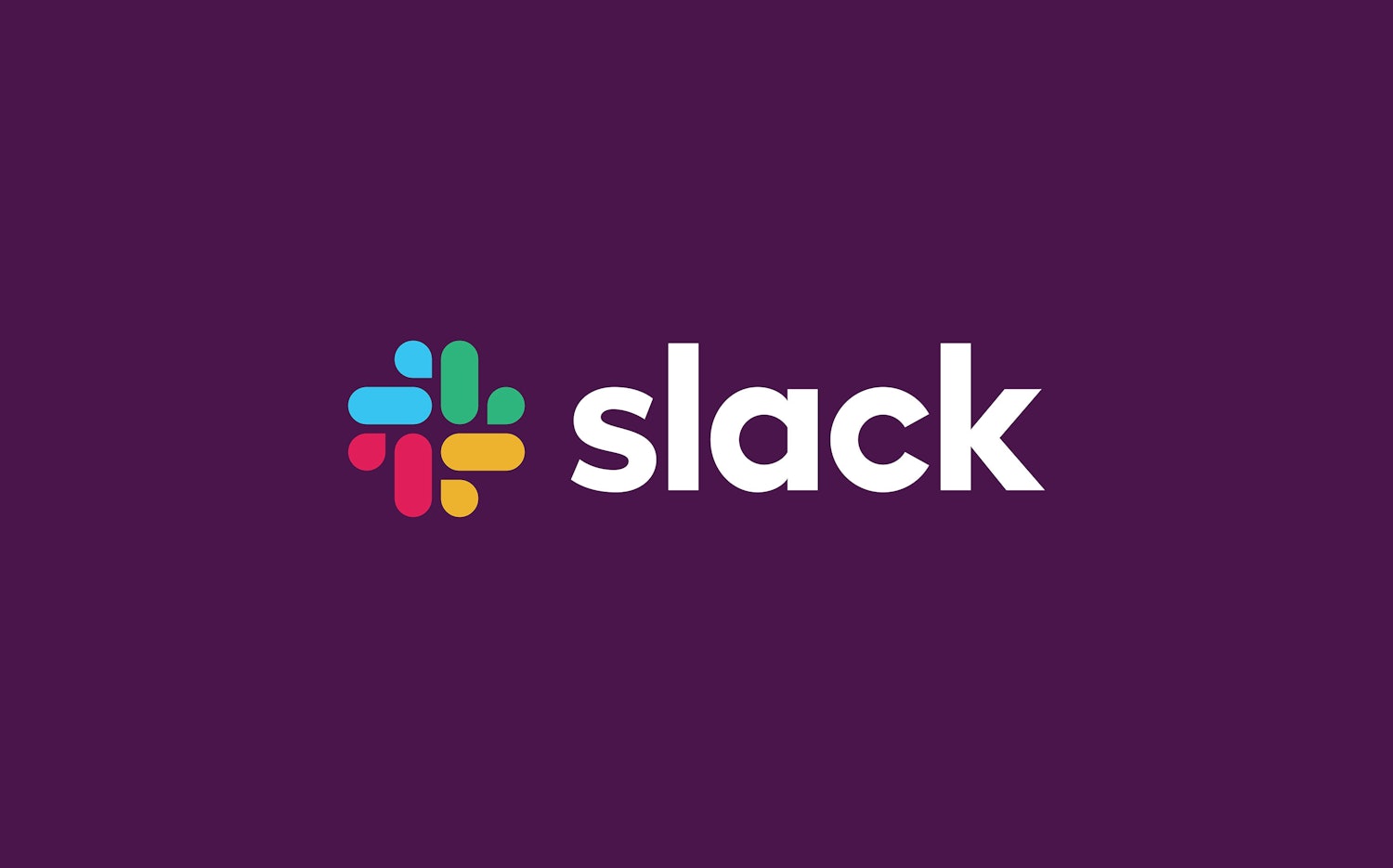The tech startup industry is constantly evolving, with new innovations and trends emerging regularly. This sector includes a wide range of services such as software development, hardware manufacturing, fintech solutions, AI and machine learning, cybersecurity, and more.
Creating a strong tech startup branding identity that conveys innovation, reliability, and trust is crucial for standing out in this competitive market. To achieve this, tech startups must address several challenges, such as building and maintaining trust, ensuring consistent messaging across platforms, boosting brand awareness, creating a seamless user experience, staying relevant in a constantly changing industry, and developing a recognizable visual identity.
By overcoming these challenges, tech startups can create a memorable brand that resonates with customers and drives success.
Essential Branding Elements for Tech Startups:
Brand Strategy: Laying the Groundwork for Success
Why It’s Needed: A brand strategy aligns your business goals with your brand identity. It ensures that every aspect of your tech startup branding, from visuals to messaging, reflects your core values and resonates with your target audience. A well-defined brand strategy serves as the foundation for all branding efforts and helps maintain consistency.
Logo Design
Why It’s Needed: Your logo is the visual anchor of your brand. It’s the first thing people notice and remember about your business. A unique and memorable logo helps establish your brand identity and sets you apart from competitors.
Website Design
Why It’s Needed: Your website serves as the online face of your brand and is a crucial touchpoint for customers. A professional, user-friendly, and responsive website enhances the user experience and ensures accessibility across different devices. It helps build trust and credibility while providing essential information about your services.
App Interface Design
Why It’s Needed: Mobile apps enhance the user experience by providing convenient access to information and services. An intuitive and visually appealing app interface keeps users engaged, facilitates communication, and supports seamless interactions.
Product Packaging
Why It’s Needed: Creating attractive and functional packaging enhances the unboxing experience. Packaging is a key touchpoint that reinforces your tech startup branding and enhances the customer experience.
Delivery Experience
Why It’s Needed: Crafting a seamless and memorable delivery experience enhances customer satisfaction and builds loyalty. Branded packaging and personalized touches can make a significant impact on the overall perception of your brand.
Digital Marketing Materials
Why It’s Needed: Engaging social media graphics, email templates, and online ads are essential for promoting your tech startup branding effectively. A consistent digital presence boosts brand visibility and helps attract new customers.
Marketing Collateral
Why It’s Needed: Brochures, business cards, flyers, and posters convey essential information and reinforce your brand identity. Physical materials help strengthen your brand presence and ensure that your brand is remembered by customers.
Brand Merchandise
Why It’s Needed: Branded t-shirts, mugs, and other merchandise boost brand visibility and loyalty. Merchandise helps build brand recognition and creates a sense of connection with your customers.
Expected deliverables from designers
Designer Deliverables: Designers should provide the following comprehensive deliverables to ensure your tech startup brand is cohesive and impactful:
Brand Strategy Document:
Comprehensive document outlining your mission, vision, core values, target audience, unique selling points (USPs), brand positioning, and messaging framework.
Logo Design:
Multiple initial concepts and sketches
Finalized logo in various formats (JPEG, PNG, SVG, EPS)
Horizontal and vertical logo variations
Detailed logo usage guidelines
Brand Guidelines:
Document detailing color palette and codes, typography, logo usage, imagery style, tone of voice, and best practices for maintaining brand consistency.
Website Design:
Sitemap and detailed wireframes
High-fidelity mockups showcasing the final design
User Interface (UI) and User Experience (UX) design
Responsive design for various devices
Development-ready files (HTML, CSS, JavaScript)
Content Management System (CMS) integration guidance
App Interface Design:
User flow diagrams and wireframes for key screens
Interactive prototypes for user testing
High-fidelity mockups of the app interface
Final design files (Sketch, Figma, Adobe XD)
Handoff to development with detailed annotations
Product Packaging:
Custom packaging design concepts
Functional and material considerations
Prototypes and mockups for approval
Delivery Experience:
Branded packaging design
Custom inserts and thank-you notes
Detailed guidelines for ensuring a memorable unboxing experience
Digital Marketing Materials:
Social media graphics and templates (Facebook, Instagram, Twitter, LinkedIn)
Email newsletter templates
Online ad banners (static and animated)
Blog post graphics and infographics
Marketing Collateral:
Business cards and professional stationery
Brochures, flyers, and posters
Presentation templates (PowerPoint, Keynote)
Event and trade show materials (booth design, banners, handouts)
Brand Merchandise:
T-shirt designs and custom apparel
Mug and drinkware designs
Tote bags and branded office supplies
Custom promotional items (stress balls, water bottles, tech gadgets)
Human-Centric and Accessibility-Focused Elements:
Importance: Accessibility ensures that all users, including those with disabilities, can interact with your brand.
Inclusive Design Tips: Use high contrast colors, readable fonts, and provide alternative text for images to enhance accessibility.
Examples: Tech startups like Slack and Trello that prioritize accessibility.
Case Study
Slack: From Startup to Industry Leader
Slack’s rebranding journey offers valuable insights into how a tech company can create a strong, recognizable brand.
Before the Rebrand: When Slack first launched, it was an internal tool used by the development team at Tiny Speck. The platform had a simple design and limited features. As it grew in popularity, the company recognized the need for a cohesive brand that would appeal to a broader audience.
The Rebranding Process: Slack’s rebranding focused on creating a user-friendly, visually appealing platform that stood out in the crowded market of communication tools. The company hired the design firm MetaLab to help with the redesign.
Key Branding Elements:
Logo Design: Slack’s new logo featured a colorful hashtag symbol, representing connectivity and collaboration. The design was simple, modern, and easily recognizable.
Website Design: The new website was clean, intuitive, and easy to navigate. It highlighted Slack’s key features and benefits, making it clear why users should choose the platform.
App Interface Design: The app’s user interface was redesigned to be more visually appealing and user-friendly. High contrast colors, readable fonts, and intuitive navigation made the platform accessible to a wider audience.
Marketing Collateral: Slack created engaging brochures, business cards, and posters to promote their brand.
Brand Merchandise: Slack produced branded t-shirts, mugs, and stationery to build brand loyalty.
Human-Centric and Accessibility-Focused Elements: Slack prioritized accessibility in their redesign. They ensured that the platform was usable by people with disabilities, incorporating features like screen reader compatibility and keyboard navigation.
Results: After the rebrand, Slack saw a significant increase in user engagement and adoption. The new branding helped position Slack as a leading communication tool for teams, and the platform quickly gained millions of users worldwide.
Conclusion:
Branding is a vital component of success for technology and software companies. By focusing on key branding elements and ensuring accessibility, you can create a strong, memorable brand.
Talk to us
Unlock your brand’s potential by ensuring your visual identity reflects a positive and memorable customer experience! Whether you’re a tech startup or an established brand needing a refresh, a strong, positive brand identity is key. For tailored insights and expert guidance, contact us at foxtelBrands. We’re here to help you every step of the way!


